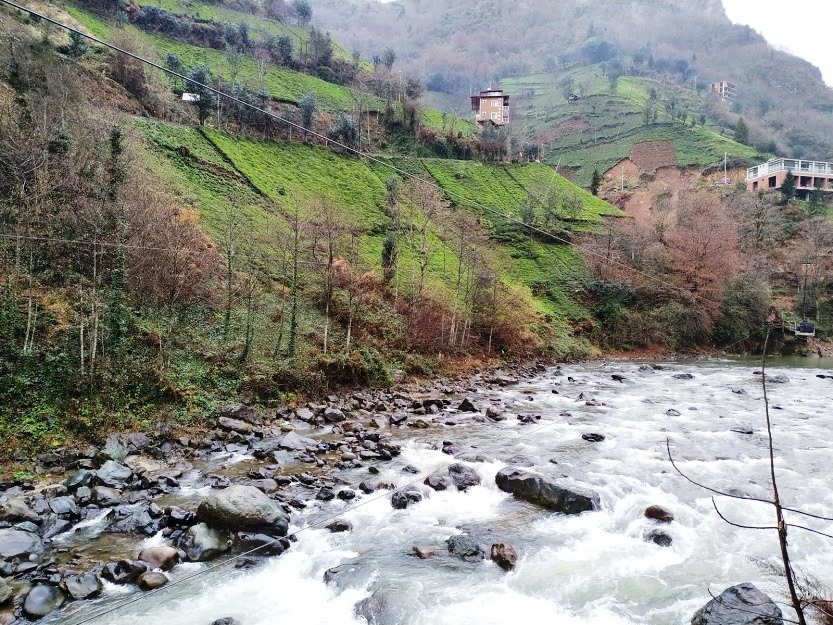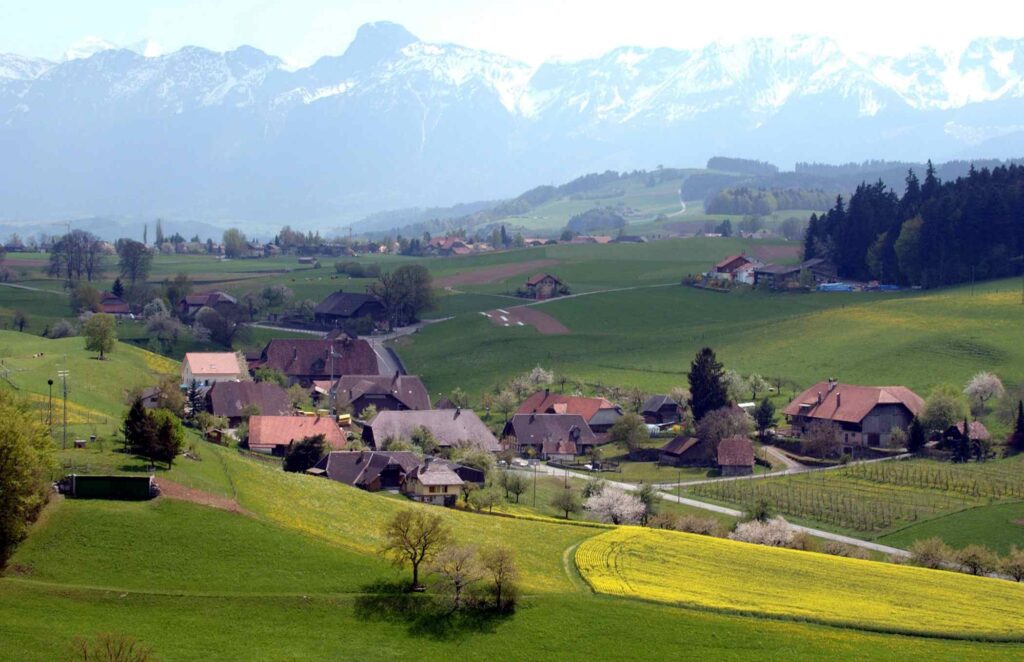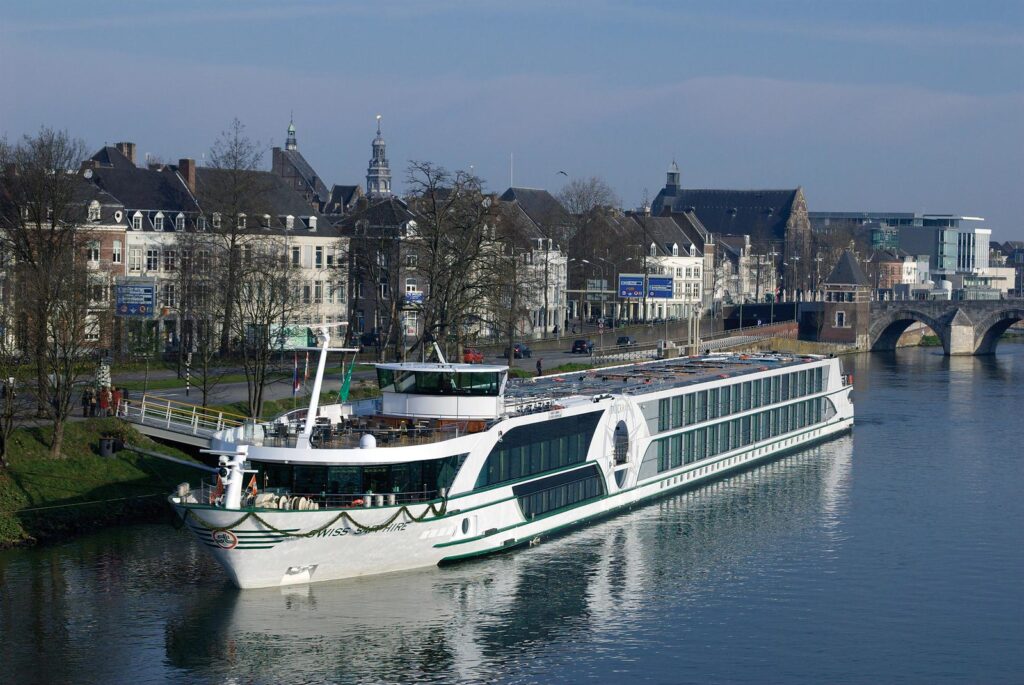When you think of tea-growing countries, Portugal, Georgia, Turkey, and Azerbaijan might not immediately spring to mind. But they have a long history steeped in tea production dating back to the nineteenth century and remain tea plantations in Europe.
Tea was first introduced to France in 1635, to Germany in 1650 and to England in 1650. Among all European countries, England was only the place where tea took root. One reason is that they invented adding sugar into the tea.
Tea Plantations in Europe:
Portugal – Where Tea Meets the Atlantic Breeze
In São Miguel, the Azores, you will find the only tea plantations in Europe, which have been producing excellent teas since 1883. Today, two companies from the Azores export their award-winning green and black teas to mainland Portugal, England, Germany, the United States, and beyond and remain at the top of tea plantations in Europe.
Georgia – The Cradle of Unconventional Tea
Georgia, as surprising as it might be, is an ideal place to grow tea. Chilly nights and cold winter months prevent disease, making the conditions great for tea production.
The history of Georgian tea dates back to 1845 when the first tea bushes were planted in western Georgia. Georgian tea gained international recognition in 1900 when it won the gold medal at the Paris World Expo. Despite a decline in production after the collapse of the Soviet Union, Georgia is now seeing a resurgence in its tea industry.
Azerbaijan – A Land of Tea Between the Caspian and the Mountains
Azerbaijan’s tea plantations lie between the Caspian Sea and the Talysh Mountains, where the subtropical climate and humidity make it an ideal location for tea cultivation.
Azerbaijan, like Georgia, has a long history steeped in tea production dating back to the 19th century. By the 1980s, the country, together with Georgia, was supplying most of the tea consumed in the then-Soviet Union. Recent efforts to revitalize the tea sector are showing promise.
Turkey – Where Tea and Coffee Share the Spotlight
Although Turkey is famous for its coffee, tea consumption in Turkey is the largest in the world, with nearly 7 pounds (3 kg) per person per year. Tea production in Turkey began in the late 1870s, and it gained momentum after World War I when the Ottoman Empire lost control of coffee-producing provinces.
The majority of Turkey’s tea leaves are grown along the Black Sea coastline in the north of the country. Turkey ranks among the top five tea-growing nations globally, producing between 6% and 10% of the world’s tea.
Russia – Sipping Tea at the Northern Extremes
In Russia, tea has been a beloved beverage since the 17th century, but it wasn’t until the early 19th century that it became widely popular. Russians are the fourth-largest tea consumers globally, with nearly 3 pounds (1.5 kg) per person per year.
Russia produces both black and green tea, primarily grown in plantations near Sochi, the northernmost tea plantations in existence. These plantations are nestled high in the mountains, some only accessible on horseback.

With these diverse tea-producing nations, the global tea market offers a plethora of choices for tea enthusiasts. From Portugal’s unique Atlantic blends to Georgia’s revived classics, from Azerbaijan’s subtropical secrets to Turkey’s coastal treasures, and Russia’s northern delicacies, the world of tea is as rich and varied as the cultures that produce it.









